Cats are mysterious creatures, often leaving their human companions puzzled by their behaviors. However, beneath their enigmatic exterior lies a wealth of emotional intelligence. While they may not express emotions as humans do, their habits reveal a complex understanding of their environment and the beings within it. For those who share their lives with a feline friend, recognizing these signs of emotional intelligence can deepen the bond and enhance the relationship. Let’s explore nine intriguing cat habits that suggest high emotional intelligence.
Observing and Imitating Human Behaviors
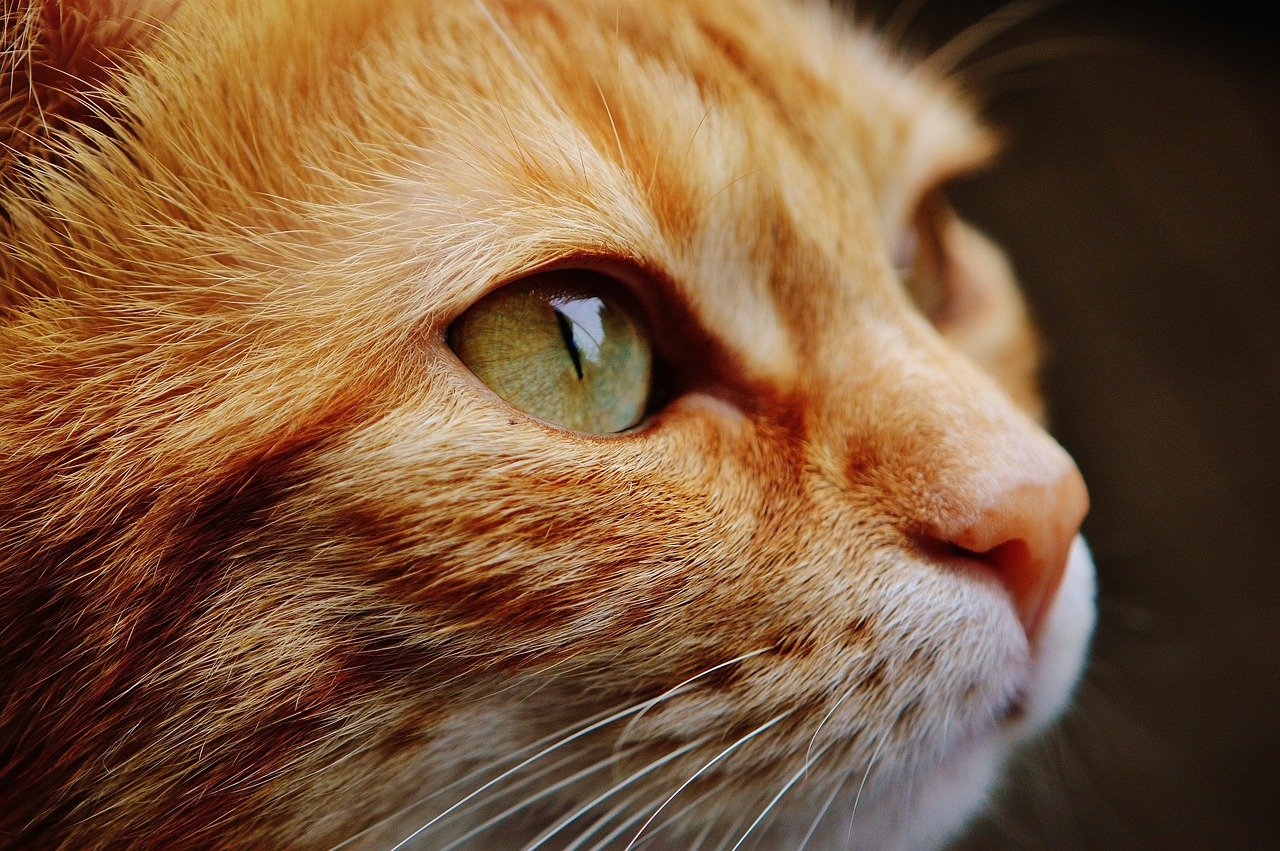
Cats are keen observers, often mimicking the behaviors of their human companions. If you’ve ever noticed your cat trying to open a door or mimicking your morning stretch routine, they’re displaying a high level of emotional intelligence. This imitation isn’t just a coincidence; it’s a sign that your cat is paying close attention to your actions and trying to understand them. By doing so, they are not only learning about their environment but also trying to communicate and connect with you on a deeper level. This behavior is akin to how children learn by observing and imitating adults, indicating a sophisticated understanding of social interactions.
Recognizing and Responding to Emotions
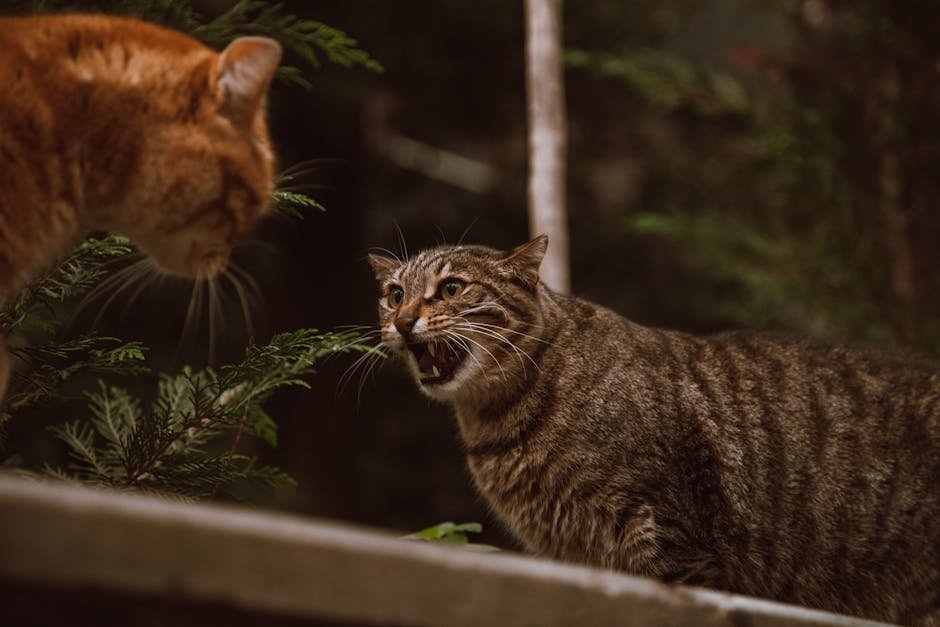
Cats have an uncanny ability to sense human emotions. If you find your feline friend snuggling up to you when you’re feeling down or offering a gentle paw tap when you’re stressed, they’re likely responding to your emotional state. This empathetic behavior is a testament to their emotional intelligence. Just as humans can sense the mood of a room, cats pick up on subtle cues and body language, allowing them to provide comfort and companionship when it’s most needed. This ability to connect emotionally enhances their role as supportive companions.
Adapting to Changes in Routine
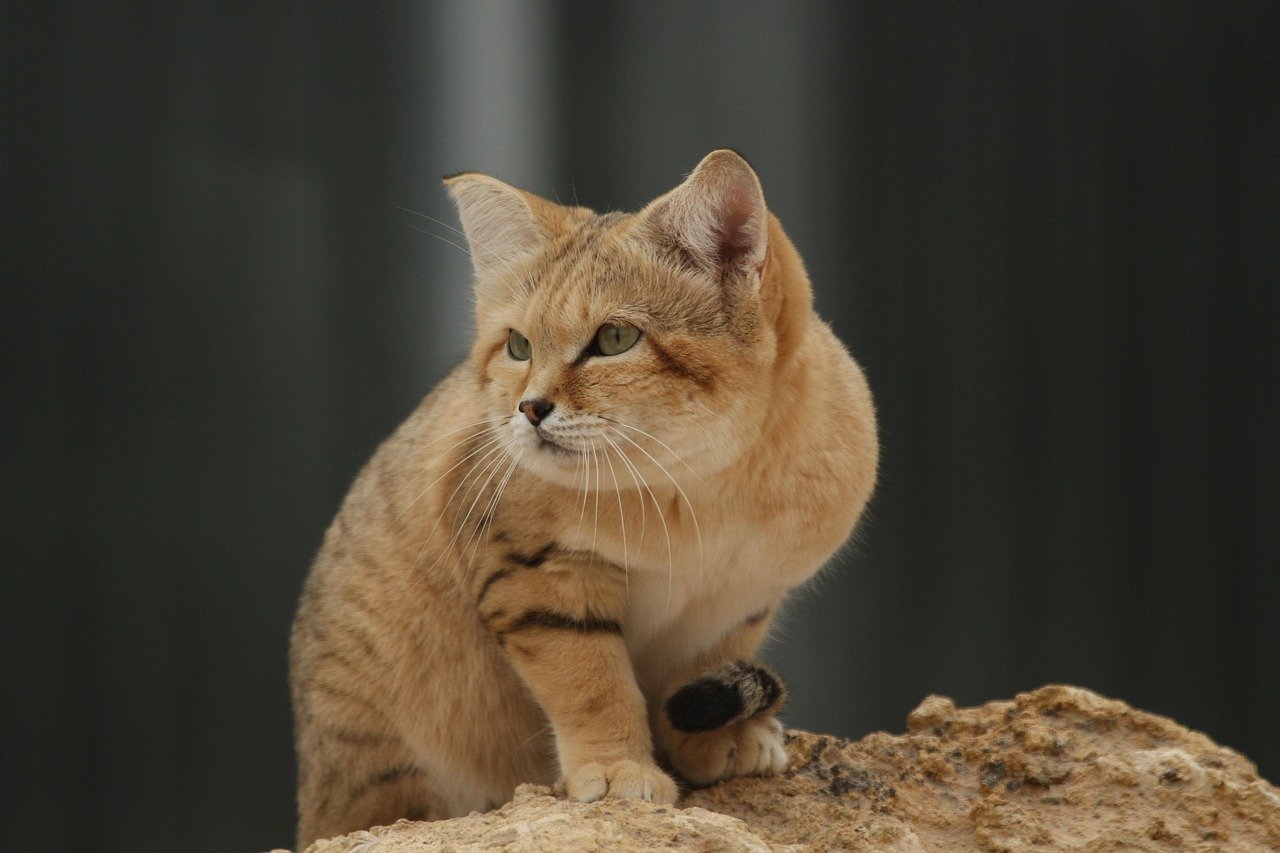
While cats are creatures of habit, those with high emotional intelligence can adapt to changes in their environment or routine. Whether it’s a new addition to the family or a move to a new home, emotionally intelligent cats adjust their behaviors to accommodate these changes. This adaptability is a sign of their ability to understand and navigate complex social dynamics. Much like a seasoned traveler who quickly acclimates to new surroundings, these cats demonstrate resilience and flexibility, ensuring they remain connected and comfortable in their ever-changing world.
Displaying Curiosity and Exploration
A cat’s curiosity is more than just a playful trait; it’s a sign of their emotional intelligence. Cats that actively explore their surroundings, investigate new objects, and engage with novel stimuli are showcasing their ability to learn and understand their environment. This inquisitive nature is similar to a detective unraveling a mystery, piecing together information to form a complete picture. By continuously seeking out new experiences, cats demonstrate a desire to expand their knowledge, revealing a depth of cognitive and emotional awareness.
Communicating Through Vocalizations
Cats are known for their distinctive vocalizations, from gentle purrs to demanding meows. These sounds are not random; they are a sophisticated form of communication. Cats with high emotional intelligence use vocalizations to convey their needs, emotions, and desires. Each sound carries a specific meaning, allowing cats to effectively interact with their human companions. This ability to communicate through sound is akin to learning a new language, highlighting their capacity to engage in complex social exchanges and deepen their relationships with those around them.
Exhibiting Playful Behaviors
Play is an essential aspect of a cat’s life, and those with high emotional intelligence use it as a tool for learning and bonding. Through playful behaviors, cats express their creativity, problem-solving skills, and social understanding. Engaging in play allows them to practice hunting techniques, explore their environment, and strengthen their connection with their human companions. This playful interaction is similar to how children learn through play, providing a safe and enjoyable way to develop emotional and cognitive skills.
Forming Strong Social Bonds
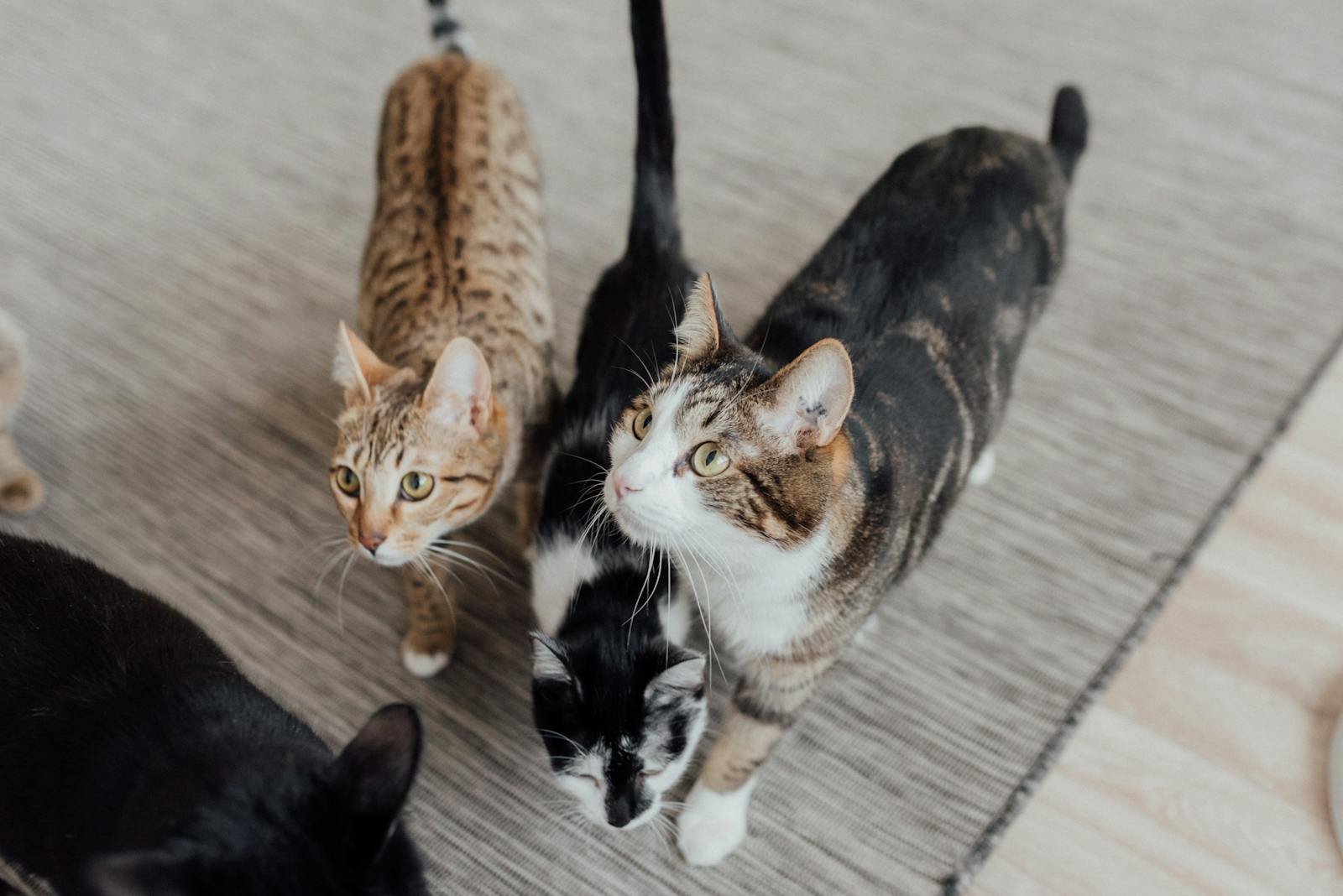
Cats are often perceived as solitary creatures, but those with high emotional intelligence form strong social bonds with both humans and other animals. These cats seek out companionship, displaying affection and loyalty to their chosen friends. By forming these bonds, cats demonstrate their ability to understand and navigate social relationships, much like a tight-knit group of friends who support and care for one another. These connections provide emotional fulfillment and enhance their overall well-being.
Displaying Protective Behaviors
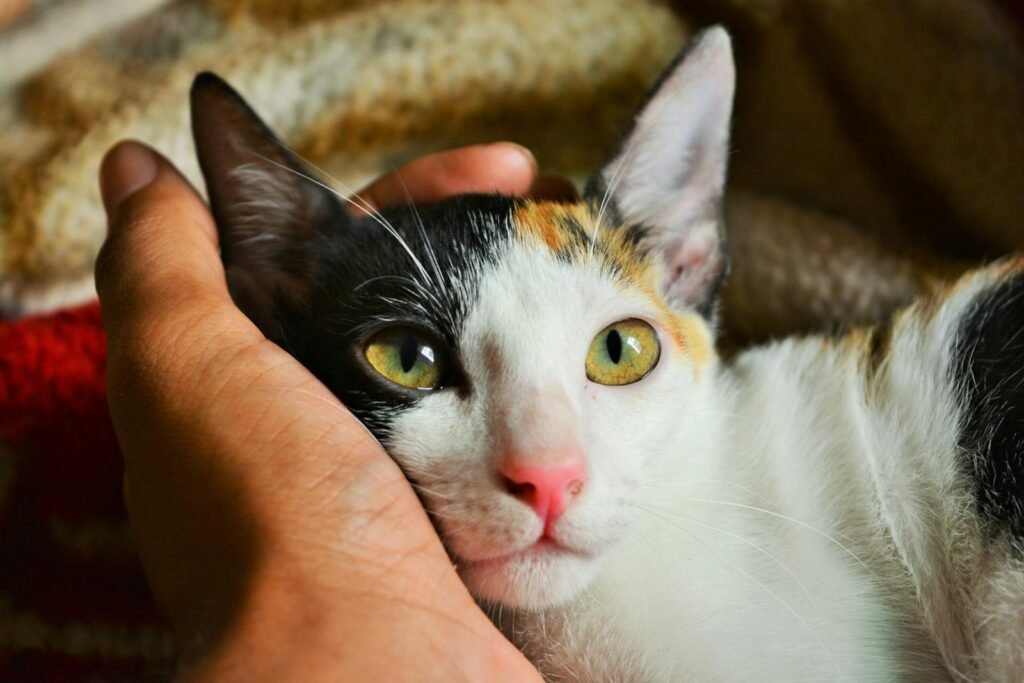
Emotionally intelligent cats often exhibit protective behaviors towards their human companions or fellow pets. Whether it’s standing guard at the door or intervening during a perceived threat, these cats show a deep understanding of the need to protect their loved ones. This protective instinct is similar to that of a guardian, always vigilant and ready to defend those they care about. By prioritizing the safety and well-being of their companions, cats showcase their emotional depth and commitment to their social group.
Understanding and Following Social Cues
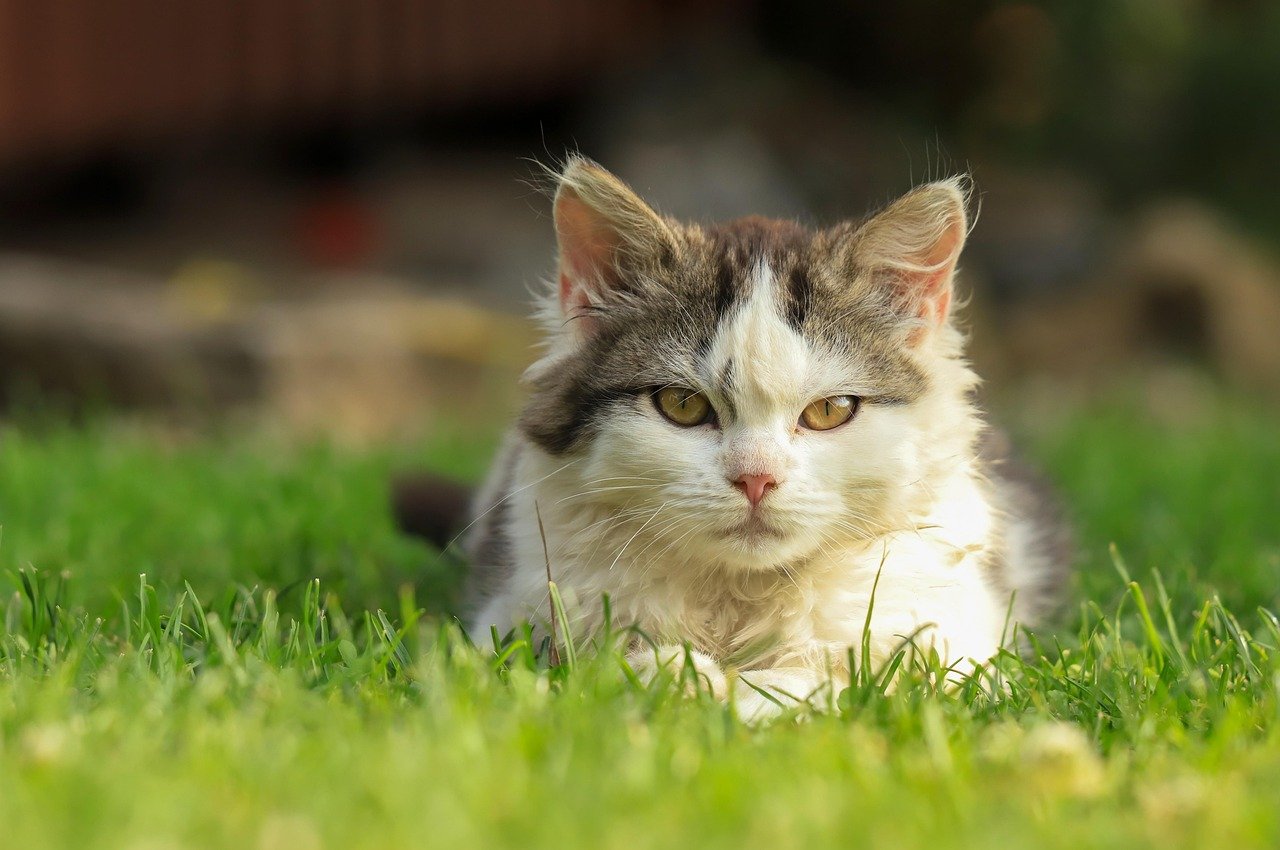
Cats with high emotional intelligence are adept at reading social cues and responding appropriately. They can discern when it’s time to play, when to offer comfort, or when to give space. This ability to interpret and react to social signals is a hallmark of emotional intelligence. Much like a skilled diplomat navigating a complex negotiation, these cats understand the nuances of social interactions, ensuring harmonious relationships with their human and animal companions.
Demonstrating Problem-Solving Skills
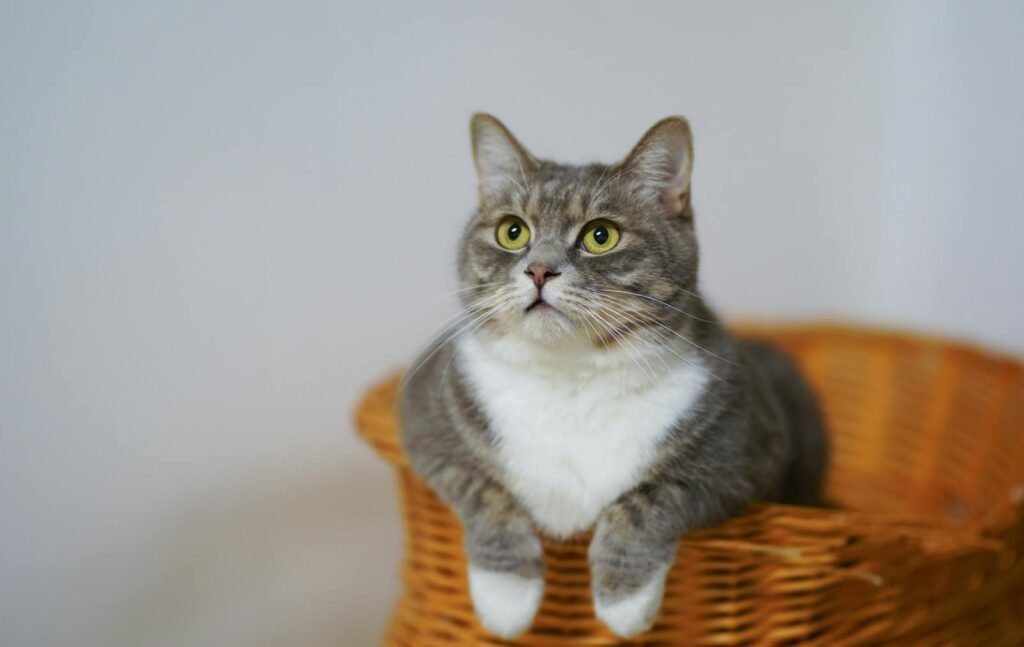
Cats are natural problem solvers, using their intelligence to overcome obstacles and achieve their goals. Whether it’s figuring out how to reach a high shelf or opening a treat container, these feats of ingenuity highlight their cognitive abilities. This problem-solving behavior is akin to a puzzle enthusiast piecing together a challenging jigsaw, showcasing their determination and resourcefulness. By tackling problems head-on, cats demonstrate their adaptability and capacity for growth, key components of emotional intelligence.
In conclusion, cats possess a remarkable level of emotional intelligence, evident in their behaviors and interactions with their surroundings. By recognizing and appreciating these traits, cat enthusiasts can foster a deeper, more meaningful connection with their feline companions. Understanding these habits allows us to see our cats not just as pets, but as emotionally intelligent beings with a unique perspective on the world.
Hi, I’m Bola, a passionate writer and creative strategist with a knack for crafting compelling content that educates, inspires, and connects. Over the years, I’ve honed my skills across various writing fields, including content creation, copywriting, online course development, and video scriptwriting.
When I’m not at my desk, you’ll find me exploring new ideas, reading books, or brainstorming creative ways to solve challenges. I believe that words have the power to transform, and I’m here to help you leverage that power for success.
Thanks for stopping by, Keep coming to this website to checkout new articles form me. You’d always love it!






